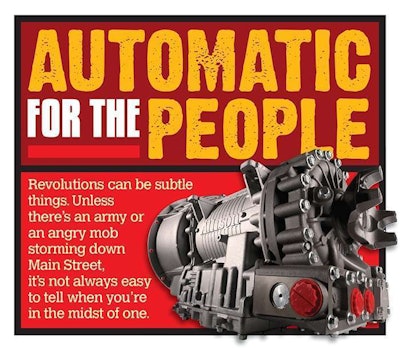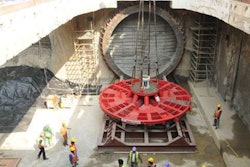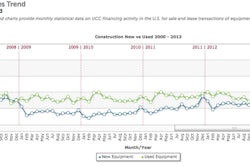
That’s what makes trucking today so interesting: It is going through several revolutions and evolutions at the moment. The advent of automatic and automated transmissions in heavy-duty commercial vehicles is one such example. In many ways, the explosion in popularity of these units over the past decade is an offshoot of the rapid evolution being seen in onboard vehicle computers.
Automatic transmissions are nothing new. They’ve been around in automotive applications in one form or the other since the 1940s. But adapting them for use in trucking proved to be difficult for a variety of reasons – not the least of which was the inability of mechanical engines and transmissions to “talk” to one another and insure optimal vehicle performance in the bewildering array of applications, road conditions and cargo/payload configurations North American heavy and medium-duty trucks see on a daily basis.
As a consequence, early attempts to develop and introduce were met with less than acceptable results. There were durability issues. But most complaints tended to focus on performance issues: Before the advent of today’s powerful and compact electronic control modules, early transmissions had a hard time figuring out what drivers wanted. Complaints concerning frequent, uneven shifts while accelerating were common, as were problems with “searching,” when transmissions would struggle in hilly terrain to find – and stick with – an optimal gear. Other problems along those lines emerged at low speeds.
“I sold some early AMTs to fleets back in the late 1980s,” says David McKenna, director of powertrain sales for Mack Truck. “There were a lot of problems with those units. And today, when I call on a fleet to talk about our new mDrive, sometimes the biggest problem I have is not getting thrown out of the office when I mention the term “automated transmission!’”
Other issues come into play today as well, McKenna notes. “Our customers want somebody else to try stuff out and see if it works. And, frankly, they’ve had a lot of new, unwanted technologies to deal with over the past several years on the emissions front. So in some ways, they’re a bit worn out and digesting things slowly.”
Still, it looks like time is running out for the tried and true manual gearbox.









